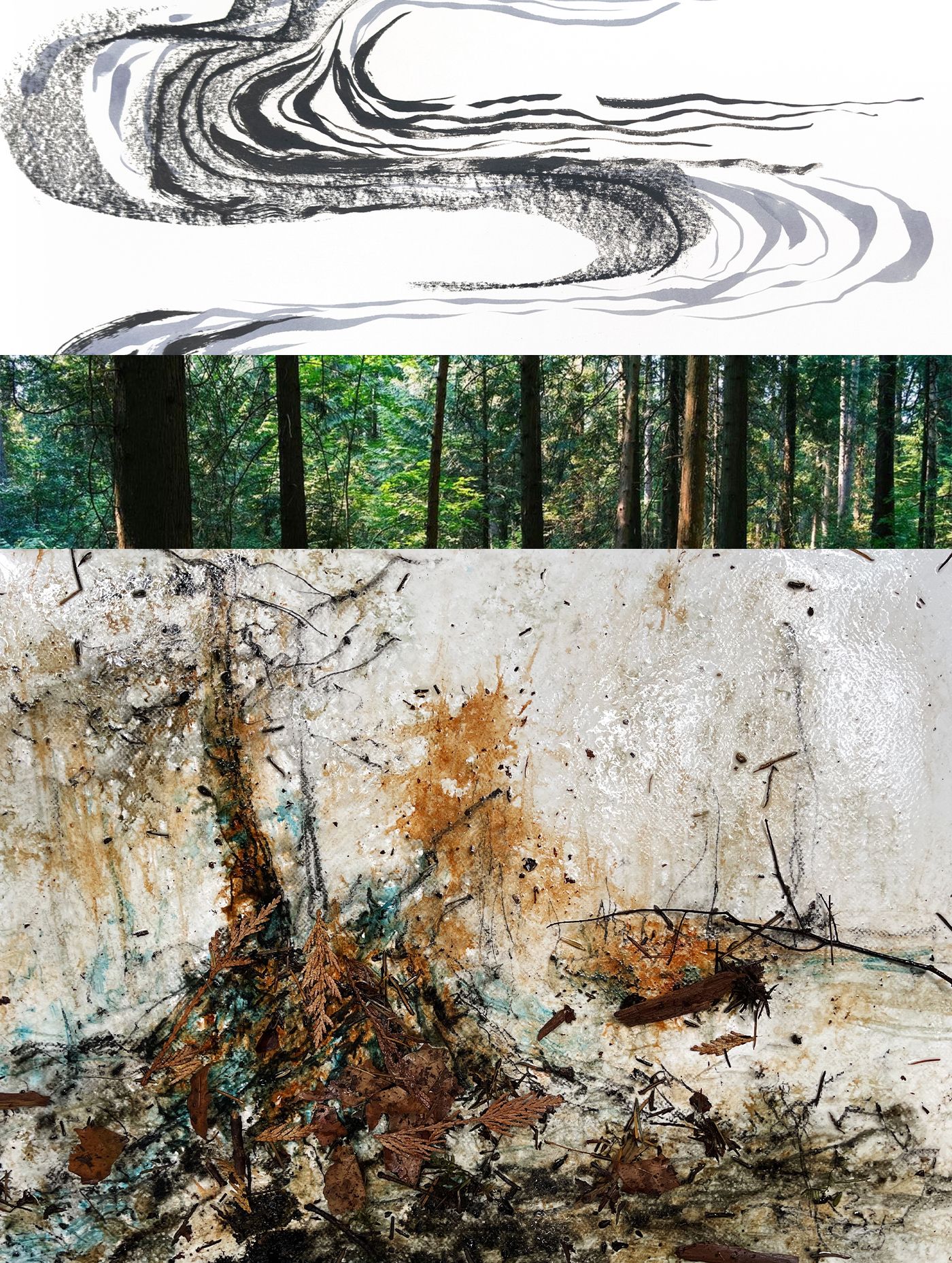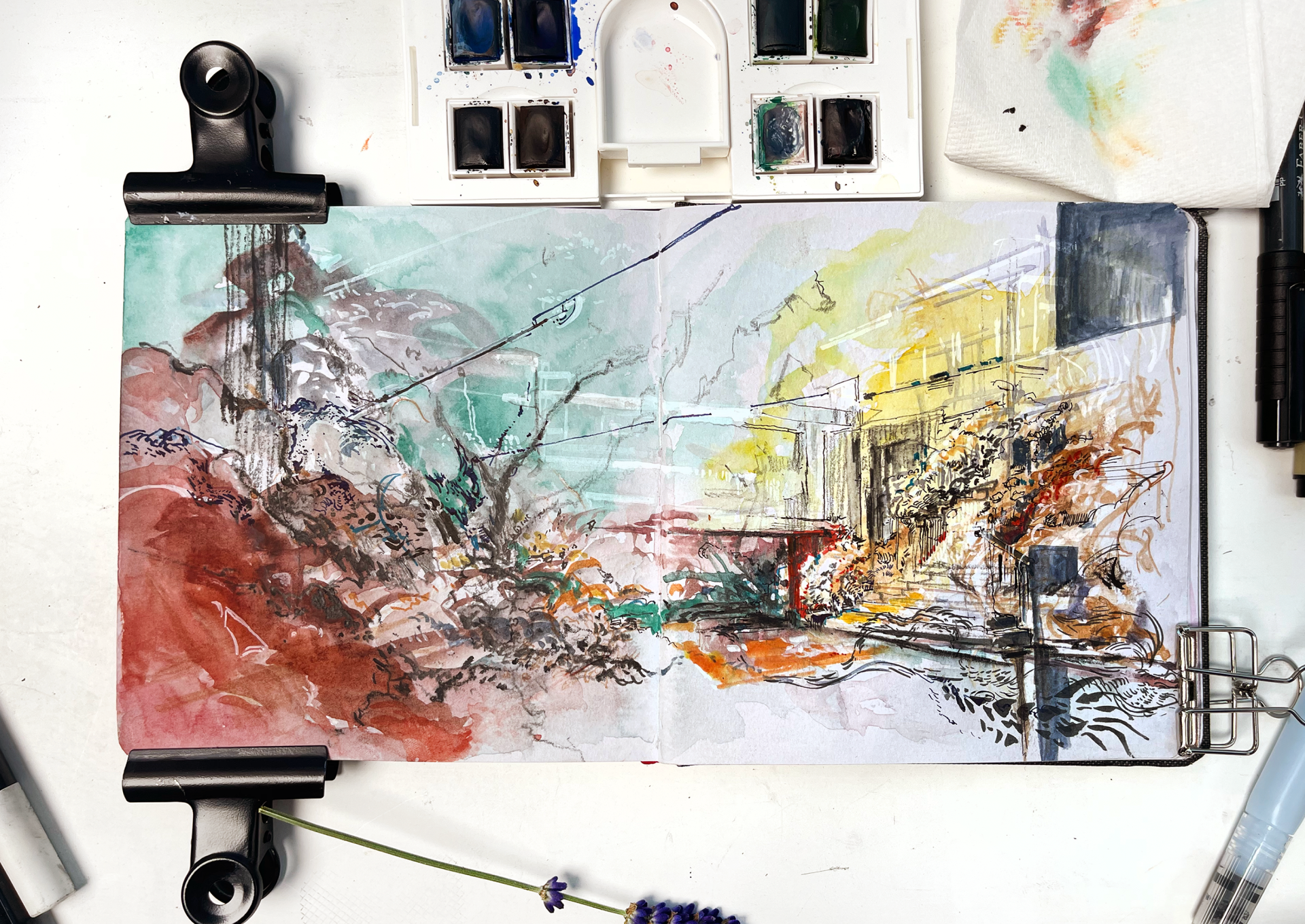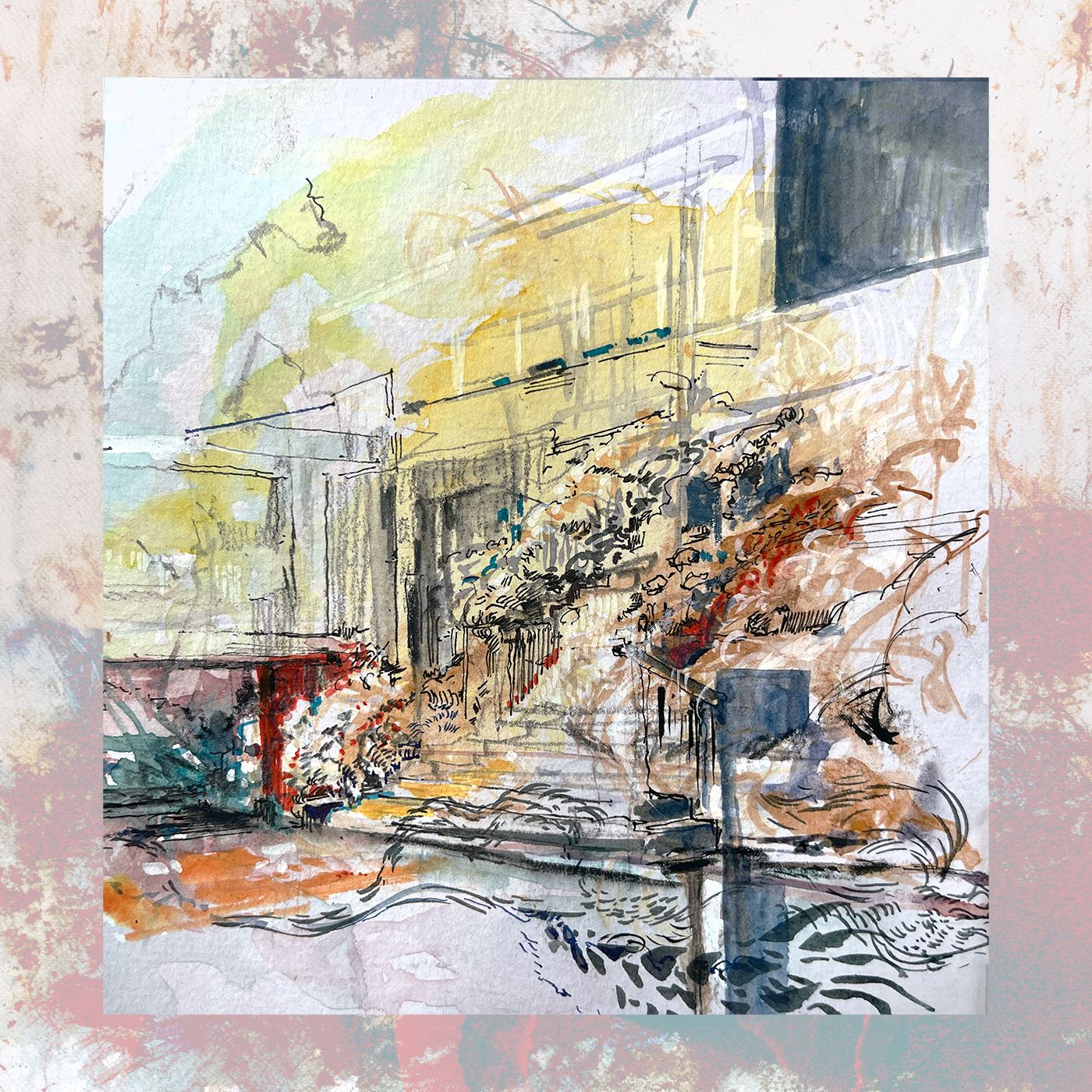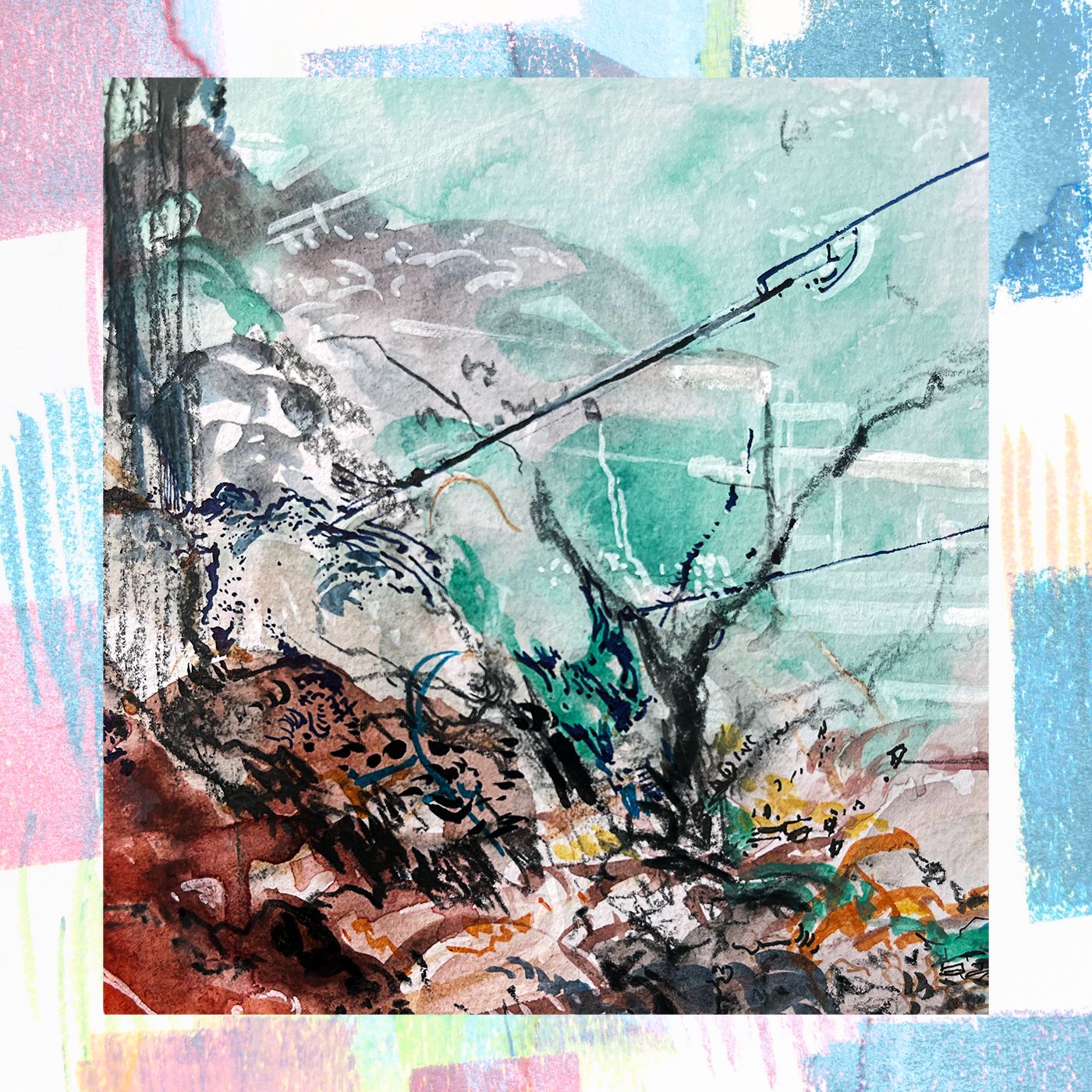COURSE MODULES
INTRODUCTION
Draw in a way to truly see the world, and move beyond from just looking to using your perception. You'll transition from copying to inventing, creating deeper connections with your subjects. We'll also explore amazing artists, redefine drawing, and examine the creative process.
INTRODUCTION VIDEO & HOUSEKEEPING
This course is designed to enhance your perception, transition from copying to creative invention, and forge deeper connections with your subjects. You'll study incredible artist examples, redefine drawing frameworks, and delve into the creative process. Perfect for all skill levels, the course helps you conquer the fear of drawing, express yourself, and develop powerful drawing skills. By the end, you'll see the world differently and explore your unique artistic voice
MODULE 1: WHY DRAW?
In Module 1, we explore the deeper purpose behind drawing beyond technical skills and realism. We delve into the foundational importance of creating a connection with our subjects, transitioning from mere observation to genuine understanding.
Drawing has traditionally been seen as a pursuit of technical skill and exact replication. However, true artistic expression lies in transcending this approach to draw from the soul. You will discover the art of drawing from the soul, moving beyond mere replication to infuse personal interpretation and emotional resonance into your artwork.
GO FROM COPYING TO DRAWING FROM THE SOUL
MY ART HERO KIM JUNG GI AND HIS SECRET WEAPON
You will get to explore Kim Jung Gi's revolutionary approach to drawing, which relies on keen observation and visual memory. learn techniques to enhance your own observational skills and inject spontaneity into your drawings.
MODULE SUMMARY & COMPLETION
- Recognize drawing as more than technical proficiency.
- Establish a personal connection with subjects.
- Differentiate between looking and seeing, and copying versus inferring.
MODULE 2: LET'S REDISCOVER THE WORLD
Module 2 focuses on enhancing artistic perception through sensory engagement. Drawing from memories and familiar places, you'll learn to visualize and capture environments with heightened sensitivity and depth.
REDISCOVER THE WORLD WITH WONDER
You will challenge common misconceptions about artistic talent and proficiency, empowering you to cultivate a growth-oriented mindset.
DRAWINGS IN THE BIG APPLE
You will explore Shouh's artistic interpretation of New York city through two distinct drawings, highlighting differences in perception and artistic expression between familiar and unfamiliar environments.
MODULE SUMMARY & COMPLETION
- Engage all senses in the drawing process.
- Develop comfort in drawing from memory.
- Transform everyday surroundings into artistic inspiration.
MODULE 3: LECTURE & KNOWLEDGE BLAST
Module 3 addresses common drawing challenges by expanding your visual repertoire and embracing diverse artistic methodologies. You'll analyze artworks, explore varied drawing purposes, and gain insights from exemplary artists.
MODULE SUMMARY & COMPLETION
- Overcome creativity barriers like fear of judgment.
- Appreciate diverse artistic intentions and approaches.
- Reflect on the role of interpretation in art appreciation.
MODULE 4: GETTING DIRTY / ALL HANDS ON DECK: PART 1
Module 4 initiates exploration and critical making through sensory-driven mark-making exercises. Prepare and experiment with various tools and media to translate sensory experiences into intentional artistic expressions.
This section will introduce you to a creative challenge focusing on sensory exploration and the art of critical making.
TOOLS & MEDIUM PREPARATION
You will explore the selection and preparation of artistic tools and mediums essential for executing creative assignments and fostering artistic exploration.
MODULE SUMMARY & COMPLETION
- Utilize senses to inform mark-making and drawing processes.
- Prepare tools and media effectively for drawing.
- Brows example assignments of various techniques of mark-making
MODULE 5: GETTING DIRTY / ALL HANDS ON DECK: PART 2
Module 5 builds upon previous concepts, focusing on applying learned principles to both familiar and unfamiliar environments. Through sensory engagement and creative experimentation, you'll explore the synergy between personal perception and external stimuli, challenging your artistic approach.
You'll begin by immersing themselves in a familiar place that resonates with your senses. They will spend dedicated time exploring this environment without distractions, using sensory cues to inform your creative process. You will translate these sensory experiences into visual representations, experimenting with various artistic forms and materials.
You'll engage deeply with this environment, reflecting on its differences from the familiar setting. Capture its essence through artistic expression, drawing on personal insights gained from sensory exploration. Embrace creativity and spontaneity to build a visual narrative that resonates with the uniqueness of this new location.
MODULE SUMMARY & COMPLETION
- Explore sensory responses and interpretations through creative exercises.
- Illustrate a personal familiar place and an unfamiliar place.
- Foster creativity through diverse artistic approaches.
- Encourage reflection on perceptual differences between settings.
Module 6 focuses on the final stage of the creative process—reflection. You'll engage in critique sessions, seek feedback from peers or mentors, and apply the Retrospective Framework (Continue, Stop, Invent, Act) to refine your artistic practice with intentionality.
SOME FINAL WORDS & RESOURCES
COURSE SUMMARY & COMPLETION
- Reflect on the unique role of authenticity and connection in creating art.
- Discern the differences between seeing and looking, copy vs inferring.
- Conduct research into specific artists' works and studied their artistic intention.
- Explore drawing as a process of discovery and invention through mark-making techniques.
- Engage with personal familiar vs unfamiliar places, building a visual library.
- Challenge fears and insecurities through reflection and critique using the Retrospective Framework

